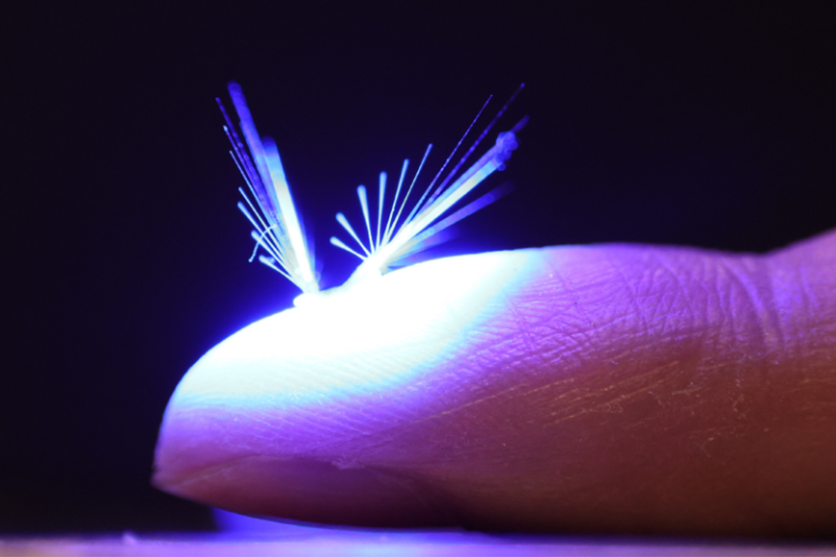The extinction of pollinators like bees poses a serious threat to biodiversity worldwide and has negative effects on human health by impairing food production. Now, researchers at Tampere University may aid this problem in the future through artificial pollinators.
The team produced the first passively flying robot with synthetic muscle. They have created a tiny "fairy robot."

Flying Aero-Robots
The Light Robots group at Tampere University is currently investigating the feasibility of making smart material fly, as per the university's press release on Jan. 27.
The project is called FAIRY, which stands for Flying Aero-robots based on Light Responsive Materials Assembly. Hao Zend and Jianfeng Yang from Tampere University lead it.
The team created a polymer-assembly robot powered by light and flies by the wind.
This artificial seed has a soft actuator, making it superior to its natural counterparts. According to Hao Zeng, the actuator is constructed of a liquid crystalline elastomer that responds to light and causes the bristles to open or close in response to excitation by visible light.
The synthetic fairy also possesses several biomimetic characteristics. The wind easily propels it because of its high porosity (0.95) and lightweight (1.2 mg) structure.
Furthermore, long-distance wind-assisted transport is made possible by a stable separated vortex ring production in the robot.
According to Zeng, a light source like a laser or LED can power and control the fairy.
This implies that the tiny, dandelion-like structure can be modified by light. The fairy may manually modify its shape to match wind force and direction. This polymer assembly's takeoff and landing movements can also be managed by a laser beam.
Read also : Robot Dogs: 'Pack Assistants' Now Equipped With Surveillance Technology But What's the Concern?
Future Uses
The researchers will now focus on boosting the material's sensitivity to enable the usage of the gadget under sunlight.
They will also expand the structure so that it can transport biological molecules as well as tiny electronics such as GPS and sensors.
The researchers believe that in the future, millions of artificial dandelion seeds could disperse pollen by natural wind and direct light into particular areas where trees and plants need pollination.
"It sounds like science fiction, but the proof-of-concept experiments included in our research show that the robot we have developed provides an important step towards realistic applications suitable for artificial pollination," Zeng said in a statement.
"This would have a huge impact on agriculture globally since the loss of pollinators due to global warming has become a serious threat to biodiversity and food production."
Related Article : 'Chameleon Robots:' These Robots Can Change Colors and Mimic Their Surroundings Through 3D Printing

ⓒ 2026 TECHTIMES.com All rights reserved. Do not reproduce without permission.




